Nemasys Fruit and Veg TRIPLE Pack for Caterpillars
£19.99
Spray with Nemasys Fruit and Veg Nematodes to control caterpillars including Box Tree Caterpillars, Codling Moth and Gooseberry Sawfly naturally. This unique mix of different nematodes will protect your plants from caterpillars including sawfly – it is best to apply Nemasys Fruit and Veg Nematodes 3 times at 7 day intervals when the the caterpillars are 1st spotted and re-apply as necessary to keep caterpillars at bay, therefore we supply it in a triple pack (3 packs per delivery), so you can apply 3 times at 7 day intervals. Nemasys Fruit and Veg Nematodes is safe to use on food crops, is suitable for use on organic crops and it will not harm pets, children, wildlife or bees. F&V works at temperatures above 12°C/40°F, so apply UNDERGLASS all year round or apply OUTDOORS during the growing season i.e. between March and October. It is a perishable product (it will keep for 2 weeks in the fridge), so order when caterpillars are spotted and you are ready to apply. Nemasys F&V Nematodes TRIPLE Pack – 3 Packs sent together for controlling caterpillars, sawfly and codling moth each pack treats 60 sqm. N.B. Available NOW or insert a future date below.
N.B. Need a Sprayer? Add one to your basket and save £2.00 off a Soda Bottle Sprayer or a Pressure Sprayer (savings applied at the checkout).
Full Description
Use this unique mix of different nematodes will control box moth caterpillar on your box plants PLUS us it on fruit and vegetables to control the main insect pests including carrot root fly, cabbage root fly, cutworms, onion fly, sciarid fly, caterpillars, gooseberry sawfly, thrips, and codling moth. Nemasys Fruit and Veg Nematodes are safe to use on food crops, is suitable for use on organic crops and it will not harm pets, children, wildlife or bees. Nemasys Fruit and Veg Nematodes needs a minimum temp of 12°c and is a perishable product, so order when you are ready to apply – normally between March and October. Supplied in sachets as a powder, which is mixed with water and applied with a sprayer treating up to 60sqm– to treat a smaller area just make the solution stronger as it is impossible to overdose.
- Control caterpillars including Box Tree Caterpillars and sawfly – Apply Nemasys Fruit and Veg Nematodes 3 times at 7 day intervals when the the caterpillars are 1st spotted and re-apply as necessary to keep caterpillars at bay. We supply in a triple pack (3 packs per delivery – apply 3 times at 7 day intervals).
- To control soil based pests – Apply Nemasys Fruit and Veg Nematodes at 2 weekly intervals throughout the growing season. Order Nemasys Fruit and Veg Nematodes individually or we recommend the TWIN PACK (2 packs per delivery), giving 4 weeks control (use one and pop the other one in the fridge to use 2 weeks later) and save money too.
- Controlling Codling Moth – Apply Nemasys Fruit and Veg Nematodes TWICE at 2 weekly intervals in Sept / Oct to target the larval stage. Spray the tree and drench the ground under the tree. Order Nemasys Fruit and Veg Nematodes as a TWIN PACK (2 packs per delivery) – use one pack ASAP and pop the other one in the fridge to use 2 weeks later and save money too.
Nemasys Fruit and Veg Nematodes SINGLE Pack(2 weeks control) treats 60 sqm
Nemasys Fruit and Veg Nematodes TWIN Pack – 2 Packs sent together (giving 4 weeks control – use one at a time at 2 week intervals) each pack treats 60 sqm SAVING £2.00
Nemasys Fruit and Veg Nematodes TRIPLE Pack – 3 Packs sent together for controlling caterpillars and sawfly (apply 3 times at 7 day intervals) each pack treats 60 sqm.
How is it sent? – Nemasys Fruit and Veg Nematodes are a perishable, living product, so it is sent out fresh by Royal Mail 1st class post. Being a perishable, living product, it must be used before the expiry date (which is marked on the inside of the pack and will be at least 2 weeks) and it must be stored in the fridge until it is needed. Once opened, the contents do not keep, so it must be used in one day – do NOT store the made up solution or powder. 1 or 2 packs will go through your letterbox and should be popped in the fridge as soon as possible – they are fine on the doormat while you are at work.
How to apply? – Apply to the soil with a watering can or nematode applicator to control soil based insect pests OR apply with a sprayer to controlling caterpillars and thrip.
|
PEST |
DESCRIPTION |
HOW AND WHEN TOU TREAT |
|
Carrot Root Fly |
A widespread pest of carrots, parsnips, celery, celeriac & parsley causing tunnels in the roots. Carrot Root Fly can be a particularly problem in old established gardens where the pest builds up each year. It lays eggs in the soil adjacent to the plant, the eggs hatch out and the 9mm yellow/white maggots burrow into the roots. The maggots stay in the ground over winter, pupate and the life cycle starts again in the spring. Two further generations can appear during the year. |
Apply as a drench after sowing and repeat fortnightly throughout the growing season. |
| Cabbage Root Fly | A pest of all brassicas (cabbages, cauliflowers, etc) and root vegetables (turnip, swede and radishes). The fly lays eggs in the soil near the plants and when the eggs hatch the maggots feed on the plant roots. Older plants may survive an attack, but grow slowly and wilt on sunny days. Cabbages often fail to heart and cauliflowers form a tiny heads. Brassicas are particularly vulnerable as seedlings, as they can be be killed by the maggots. The maggots eat the fine roots and just leave a rotting stump, or when roots are swollen as in radish, swede and turnip, they will bore into the roots leaving an inedible mess. |
Apply as a drench after sowing and repeat fortnightly throughout the growing season. |
| Onion Fly | Attacks onions, leeks, shallots and garlic. The eggs of the onion fly are white and are laid near the base of the plant or in the leaves. In early summer the eggs hatch and the maggots attack the roots causing them collapse and die. In late summer a second generation feed on the swelling onion bulbs causing them to rot. The severity of attacks varies from year to year but, in a bad year, it is almost impossible to grow these crops. |
Apply as a drench after sowing and repeat fortnightly throughout the growing season. |
| Codling Moth | Stop codling moths ruining your apple and pear crop by treating with NemaMix Fruit and Veg Nematodes in the Autumn i.e. Sept / Oct to target the larval stage of the pest. Have you ever bitten into an apple and instead of a nice crunchy apple, discovered a grub and a rotten core? This is the larvae of the codling moth, which feeds on the inside of the apple before burrowing its way out to pupate. It then drops to the floor to over-winter in the leaf litter beneath the tree or under loose bark. Applying to the truck, branches and soil beneath the tree (treat an area the same size as the canopy of the tree) will target the larval satge. Each pack treats 60 sqm, which is equivalent to approx 16 small trees and should be applied TWICE at fortnightly intervals. |
Apply with a sprayer 2 times to the trunck, branches and the soil beneath the tree in Sept / Oct. Repeat 2 weeks later. |
| Box Tree Caterpillars | These caterpillars feeds on box plants causing severe defoliation and produce large amounts of webbing. As the caterpillars feed, areas of dieback may appear, which will be especially apparent on trimmed plants. Box Tree Caterpillars are greenish-yellow with black heads and once fully grown the caterpillars reach up to 4cm in length and will have a thick black and thin white stripes along its body. It overwinters as a caterpillar, hidden between leaves that have been spun together with silk. In the spring, the moths appear. |
Apply 3 times as soon as the caterpillars are first seen (normally May). Repeat 3 times at 7 day intervals. Re-apply as needed to keep the box plants free of caterpillars. |
| General Caterpillars | Occur from spring to early autumn. Caterpillars can decimate a vegetable plot, especially brassicas PLUS they love ornamentals such as roses. The caterpillars feed on the outer leaves leaving holes and can completely strip leaves. |
Apply 3 times as soon as the caterpillars are first seen (May – September) applying to all leaf surfaces. Repeat 3 times at 7 day intervals. |
| Gooseberry Sawfly | This pest attacks gooseberries and red and white currants and can strip them of all leaves. Gooseberry Sawfly Caterpillars are up to 20mm long, pale green with two of the species being heavily marked with black spots. Damage starts mid to late spring, but there can be several generations in a season. Apply as soon as the caterpillars are first seen applying to all leaf surfaces, making sure the spray comes into contact with the caterpillars. |
Apply 3 times as soon as the caterpillars are first seen (normally May) applying to all leaf surfaces. Repeat 3 times at 7 day intervals. |
| Cutworms | Cutworms are soil-dwelling caterpillars of several species of moth. The can be up to 40mm long and are creamy-brown, greenish-brown or greyish-white in colour. They emerge in June / July and feed on vegetables, fruit and ornamental plants. A second generation then hatches out in August/September causing even more damage. Cutworms cause damage by chewing the base of stems, roots, leaves and tubers. Roots may be severed just below the soil or the outer bark is eaten away leaving the plant to wilt and die. They may attack root vegetables such as potatoes and carrots leaving cavities in them. |
Apply as a drench after sowing and repeat fortnightly throughout the growing season. |
| Viburnham Beetle | Viburnum beetles and their larvae feed on the foliage often reducing it to “lace” can defoliate viburnums – most of the damage is caused by the larvae in spring, but the adult beetles also attack the leaves in late summer. A common sympton is Viburnum tinus produces an unpleasant odour when attacked particularly when the foliage is wet. Viburnum beetle overwinters as eggs that are deposited in the bark of stems in late summer by the beetles. The larvae then emerge in April / May to feed on the leaves, before dropping to the floor and pupating in the soil emerge as adults in late summer. Treat the larvae with F&V – EITHER treat the larvae on the bushes in April / May by sprayed 3 times at 7 day intervals. Then drench the soil UNDER and around the bushes with F&V (3 times at 7 day intervals) to target the larvae before they pupate. Make sure you apply in a big wide circle around each plant making sure you cover an area the size of the canopy. |
Apply 3 times at 7 day intervals to the bushes in April / May and then drench the soil under the bushes May – July. |
| Thrips | Thrip attacks plants including African violet and chrysanthemum – damaging growing points and causing mottling, distortion and blistering of leaves. On cucumbers fruit is small and twisted. |
Apply NemaMix F&V Nematodes 3 times as a drench AND to the foliage at 2 week intervals throughout the growing season. |
N.B. Nemasys Fruit and Veg Nematodes needs a soil temperature of 12°C/40°F and is a perishable product (it will keep for approx 2 weeks in the fridge), so please order when you are ready to apply. As the biggest supplier of nematodes in the UK and because we have fresh deliveries of nematodes each week, you are guaranteed the freshest stock with the longest expiry date available. In the season our nematodes are dispatched DAILY by 1st class post.
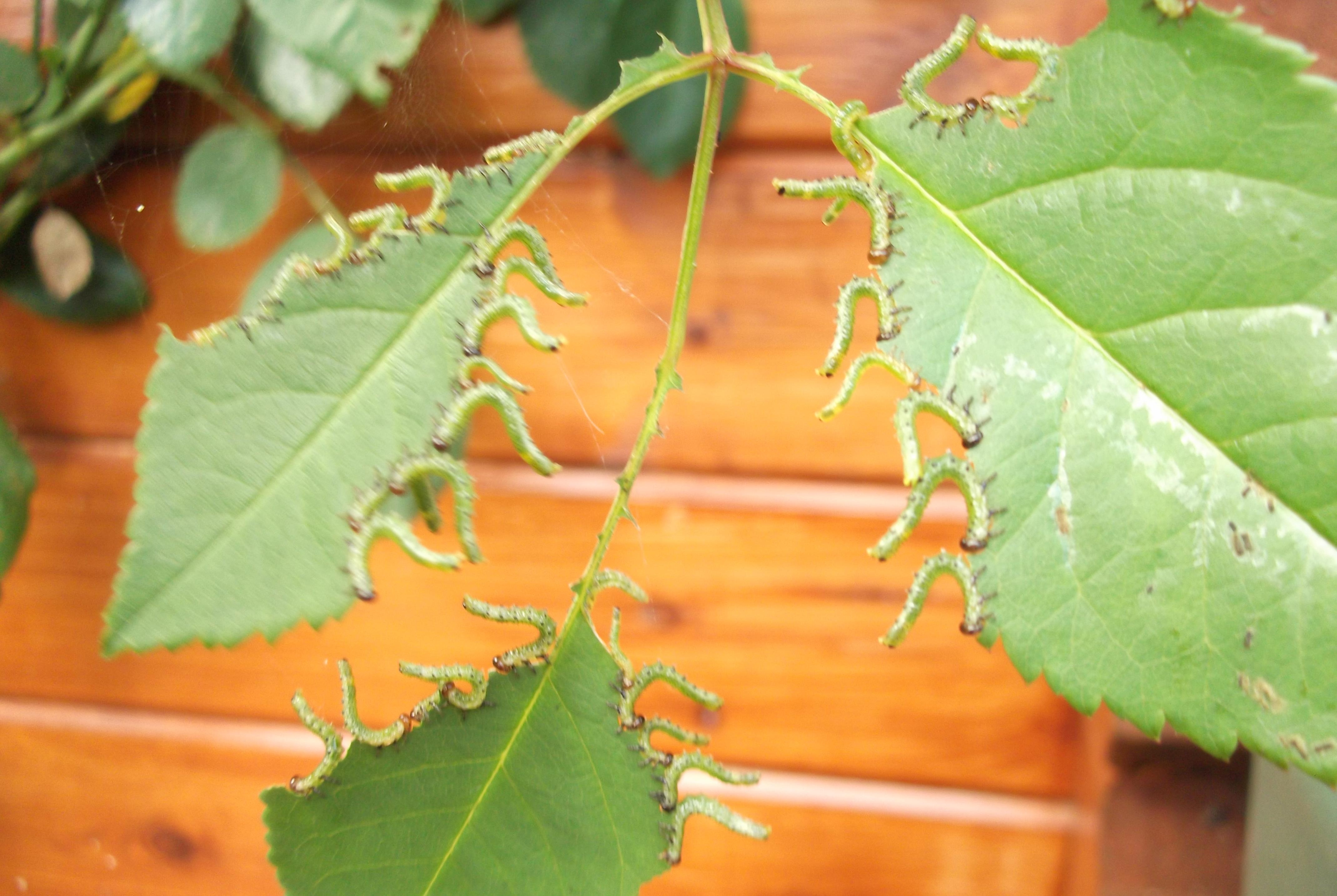
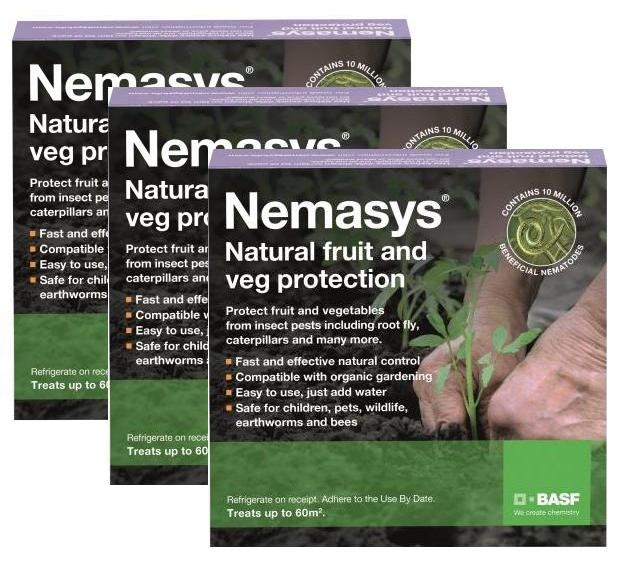
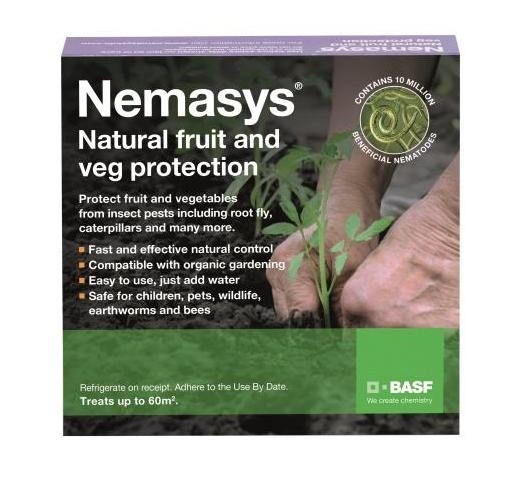
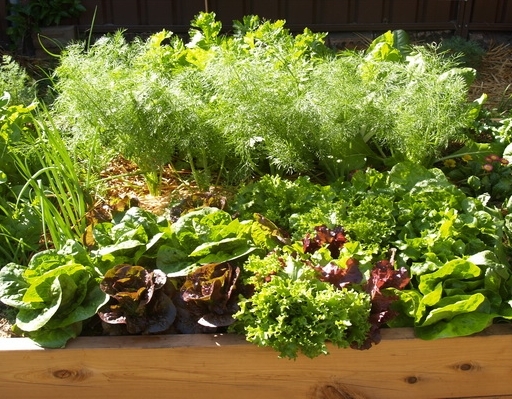
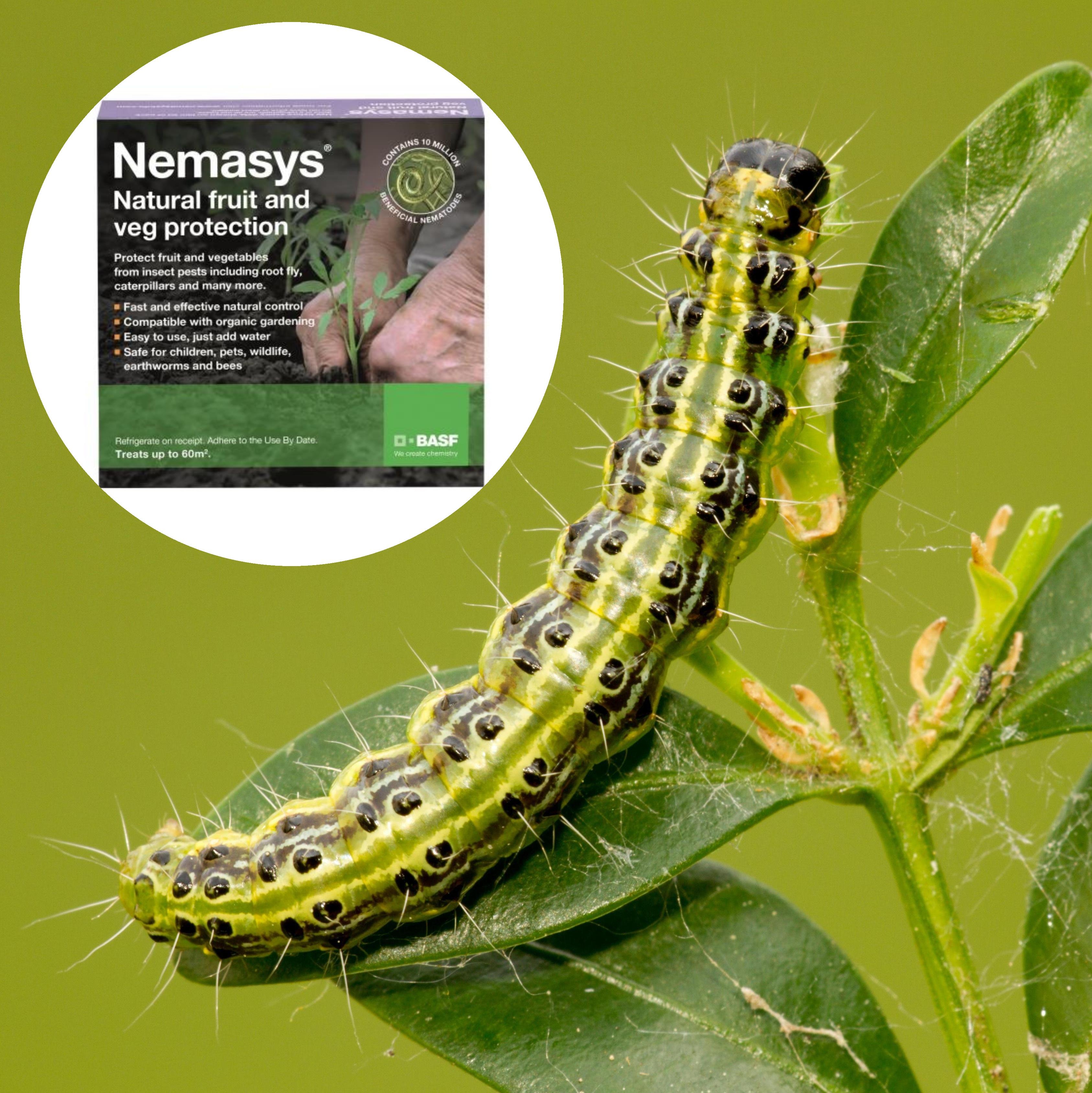
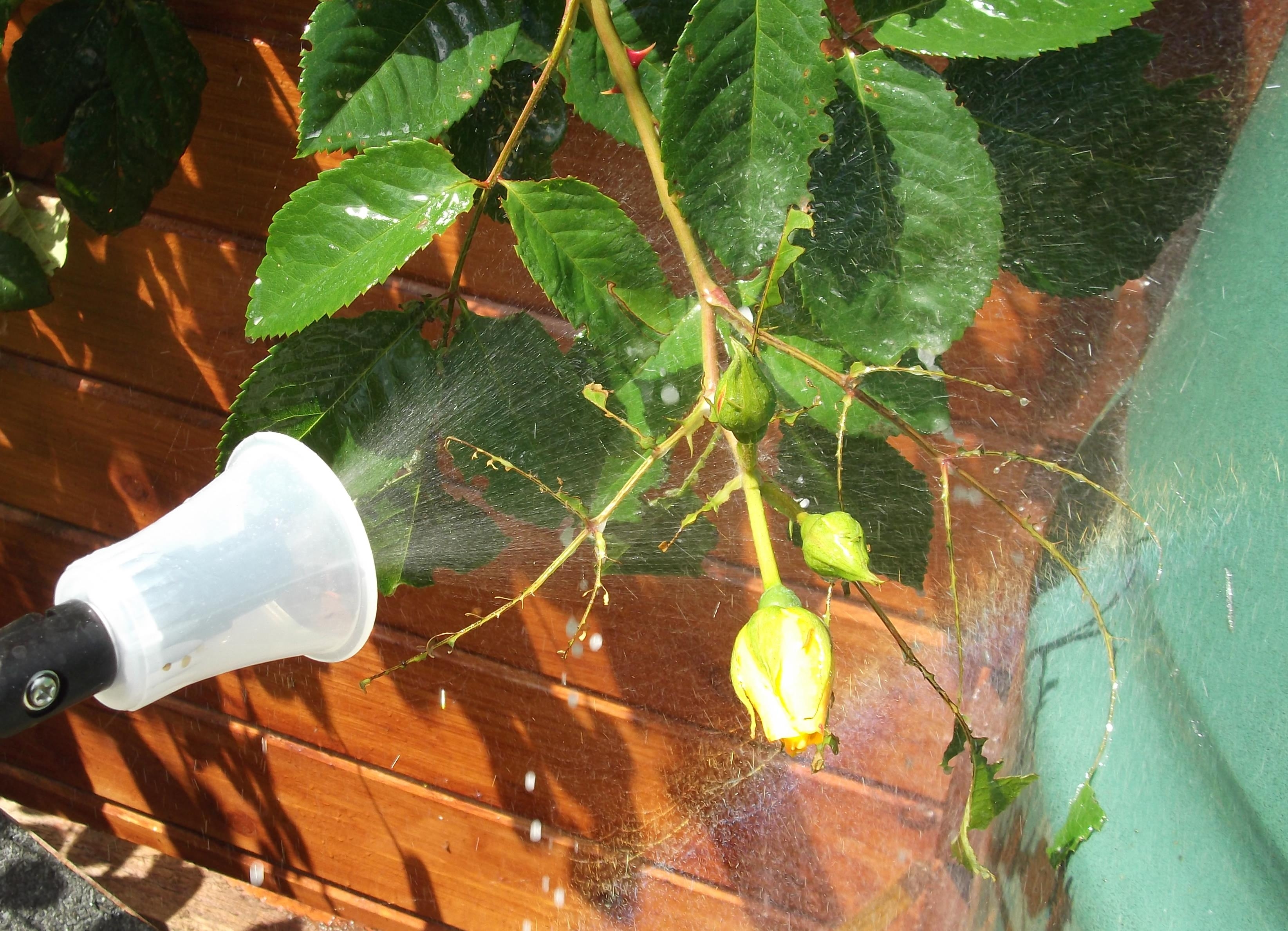

Gwyneth Jones (verified owner) –
Green gardener products are essential to me when growing my veg definitely recommend and use again
Anonymous (verified owner) –
Excellent and reliable service and products. Nematodes against rose caterpillars were an immediate success. Instructions of usage were clear and concise. Necessary watering rose is of good quality.